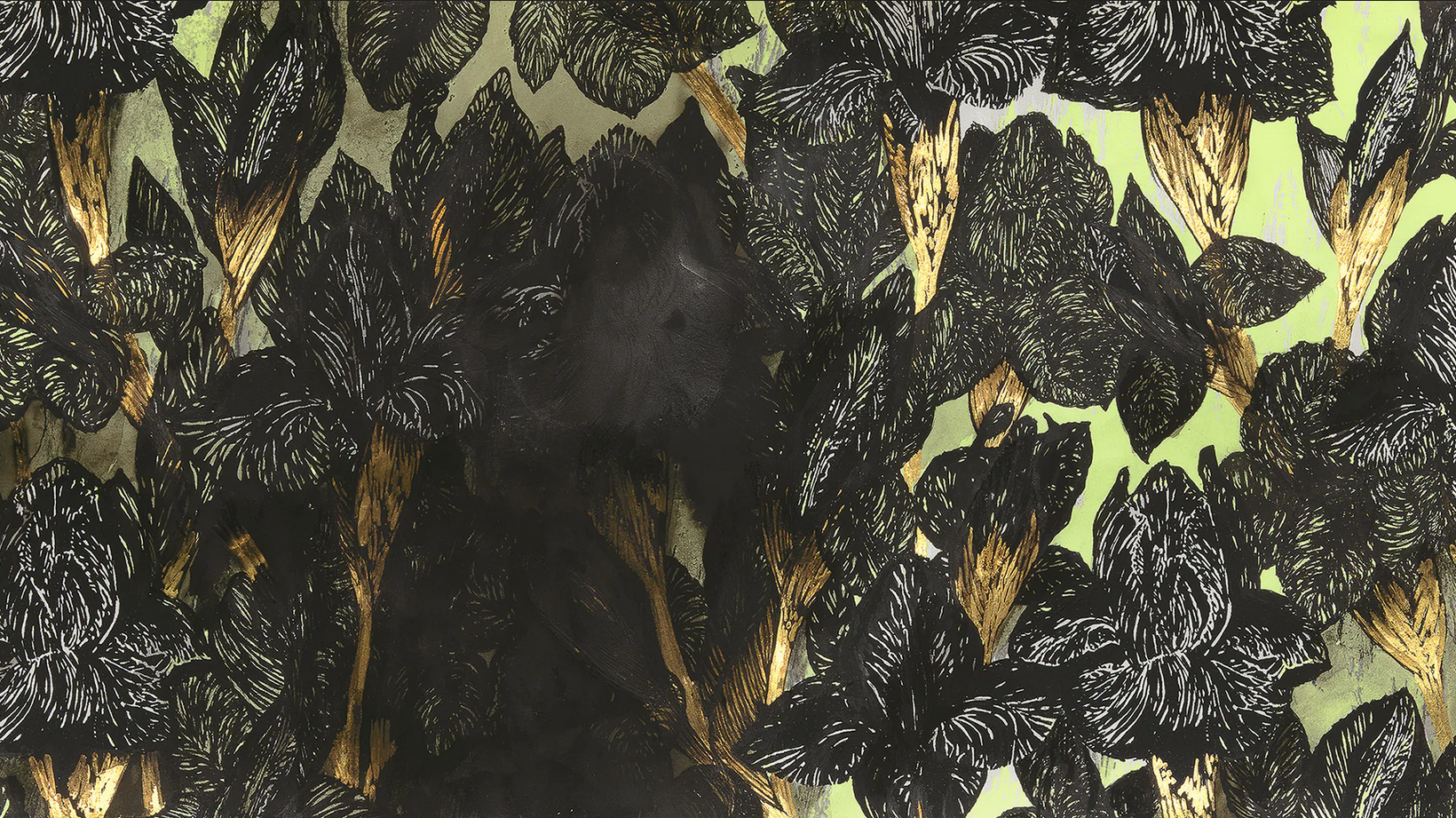Rirkrit Tiravanija, Philippe Parreno
September 3 - December 8, 2025 | The National Art Center, Tokyo
Prism of the Real examines the practices of more than 50 artists from Japan and abroad. It explores both the art that emerged in Japan and how Japanese culture inspired the world between 1989, when the Shōwa era (1926–1989) ended and the Heisei era (1989–2019) began, and 2010.
These two decades saw the end of the Cold War and the advent of contemporary globalization, enabling the freer movement of people, goods, and information, and greatly encouraging international dialogue and engagement. Throughout this period, artists in Japan and elsewhere pursued new approaches, acting as prisms that refracted the social and cultural currents of the time into works that pose diverse questions. Co-curated by The National Art Center, Tokyo and M+, Hong Kong, this exhibition reflects on this critical transitional period through the lens of art. It presents a multifaceted view in which multiple histories and contexts coexist, while looking at Japan as a platform for artistic creation from both national and international perspectives.




















